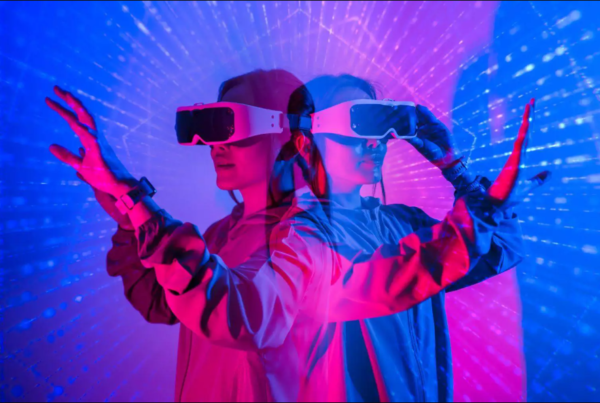Leverage IoT to unlock value.
IoT, Connectivity and Remote Sensing: too hard to get?
As we all know, in recent years the growth of the bandwidth available for telematic connections has made possible the development of access to digital telecommunications on a global scale by objects that were once difficult to connect: the Internet of Things.
The Internet of Things has now become part of everyday life: from smartphones to cars, from so-called “smart” devices (Amazon Echo, to name one of the most popular) to smartwatches, up to the use of remote sensors for medical use.
Strangely enough, the development of the IoT has happened much faster in the market for everyday objects than in the industrial sphere. Industry 4.0 remains, for many industrial realities, a difficult idea, almost a utopia: the use of wired or wireless networks to receive information from sensors and beacons located in production environments or to remotely control machinery is often seen as a too demanding step to be undertaken by a company that cannot afford production stops.
How to deal with Industrial IoT: a rational approach
Implementation of Industrial IoT (IIoT) can be done successfully if approached correctly.
Let’s think about a complex Manufacturing environment: the key for success is a value and impact-driven strategy.
First, we should identify the use-cases and assign them a priority: it is critical to generate a comprehensive list of use cases, with a combined bottom-up and top-down approach. Then we should qualify, catalog and prioritize the use cases, and to identify the lighthouse cases to produce the master blueprints.
The next phase is about plant rollout and enablement: we need to develop an implementation road map based on the high-priority use cases evaluating them from a value/feasibility perspective.
This can be done in a three-step sequence: first we need to choose the use cases that could create immediate value, and plan the implementation for these use-cases. So as we deploy the hardware and establish the connections, we need to start collecting and aggregating the data, using these first datasets to confirm or change the platform development strategy on the go. The last step is about establishing the processes and collaborations that enable the rollout: an IIoT rollout is also a transformation of an organization’s mindset and way of working. We need to have a clear collaboration model with clear accountability, and to start the employee training in advance of the rollout so that they can be aware of and believe in the benefits and opportunities of the specific use case.
Ready to start your journey in IIoT? Let’s talk!









